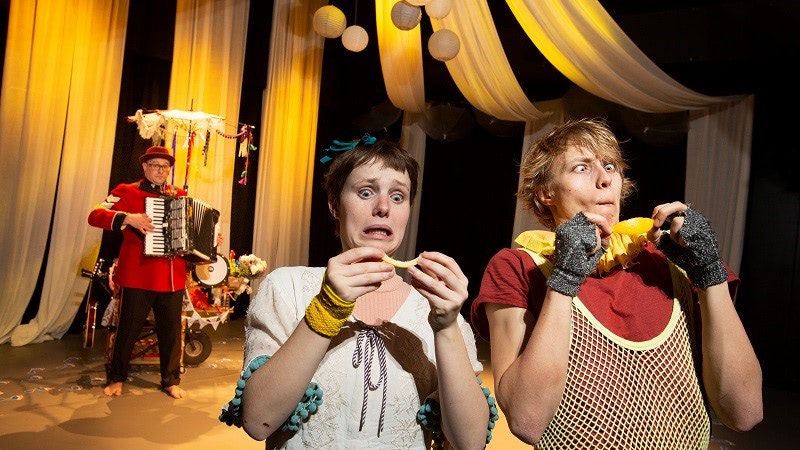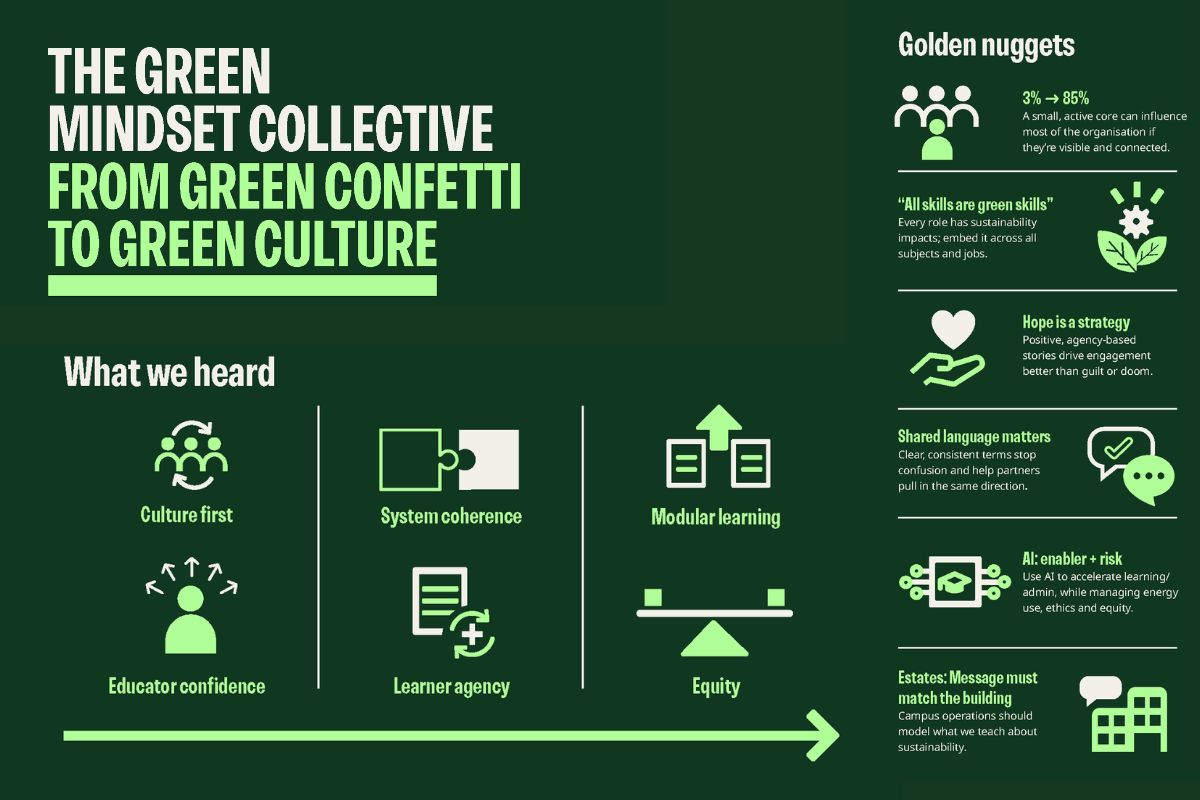Making a performance of child development – Top 5 tips to help develop creativity

Dr Jenny Hallam, Senior Lecturer in Psychology, and Dr Kay Owen, Lecturer in Childhood Studies, of the University of Derby, explain how their work with Derbyshire-based theatre company WinterWalker and Derby Theatre has given a new insight on the positive impact of performance upon young children.
Research reports that the arts play a vital role in supporting children’s development and wellbeing. Participating in arts-based activities provides children with a much-needed opportunity for self-expression and a place where they are able to develop creativity and imagination [i].
It has also been reported that arts-based activities are an important site of personal development as they give children the space to gain confidence and feelings of self-worth [ii]. However, in recent years primary school teachers have reported that pressures to focus on subjects such as English and maths means that they are unable to provide a consistent and meaningful arts education [iii].
At a time when screen time and mental health issues in children are on the rise, external agencies play a vital role in supporting children’s involvement with the arts and promoting wellbeing [iv]. In a recent research project, we explored the ways in which young children responded to a live theatre intervention run by WinterWalker, with financial support from the National Lottery and the Arts Council, at Derby Theatre.
The research centred on exploring the experiences of children aged between three and six who attended a performance of “Five” – an intervention which combines stay and play activities and a live theatre performance which uses music and dance to explore the senses. In order to reflect Derby Theatre’s ongoing commitment to making cultural events more accessible to all children, particularly local children living in poverty, the research focused on a performance in which a group of children from a nursery situated in a socially deprived area of Derby attended free of charge. Observations made during the stay and play and the performance itself revealed the immediate impact that the performance had.
The immediate impact of the performance
Before and after the performance, children and carers had access to a play area which had a number of zones based on the different senses that the children could explore. These included a sandpit, colouring station, chalk board, dressing up area, a board with percussion instruments and a small sensory garden. Before the performance, most of the children played in the sandpit which was positioned centrally in the stay and play area.
There was little interaction between the children as they focused on enjoying the sensation of the sand between their toes and used the sieves and buckets to tip the sand and watch it cascade back into the sand pit. There was a lack of exploration of the space and the different areas, and the play seemed somewhat subdued. Some of the children commented that they had never been to the theatre before and were unsure as to what to expect.
During the performance itself the children sat for the full 45 minutes and were clearly engaged. There was a look of awe upon many of the children’s faces and laughter as the children enjoyed the dance and music.
After the performance the children returned to the stay and play area with much more confidence. There was much more exploration and activity moved to the percussion area as children enthusiastically made rhymical sounds together. The noise became louder and louder as two girls engaged in a musical duel. There was also much more social interaction as carers became more involved in the play and children who did not know each other began to talk and play together. Elements of the performance were also incorporated into activities as two sisters used the dress up box to engage in dramatic play.
There was also evidence of re-enactment as a boy used props in the play area to re-create what he had observed, and a girl mirrored the ‘smell’ aspect of the performance by taking the time to smell the flowers in the sensory garden. Many of the children reported that they enjoyed the performance and their first visit to the theatre had been positive.
Longer term impact
Carers who had attended the performance with their children reported that the performance had made a lasting impact upon the children. Children used household items to recreate elements of the performance and spontaneous dance and storytelling was woven into the play which was observed at home. This is something that will be explored further with the nursery staff in a future research project.
Top 5 tips to help your child to develop their creativity
- Share stories – When reading a story to your child stop and ask questions which encourage them to reflect on the thoughts, feelings and motivations of the characters. You might ask questions such as ‘how is the character feeling now?’ ‘What do you think should happen next?’ ‘How do you feel about what just happened?’
- Encourage your children to re-tell stories – Children enjoy drawing and so asking them to draw pictures of a story can be a good starting point. You can ask you child to tell you about what is happening in the picture, think about the characters and what will happen next.
- Allow children space for dramatic play – Children love to dress up and re-create their favourite stories and experiences. They may have costumes for particular characters or they might just have access to your clothes and shoes. You don’t need to buy special outfits. Just put lots of different things out for your child. They can then use their imagination to put outfits together and develop different characters.
- Encourage children to follow their own interests and do things their own way. Process is far more important than product, so concentrate on what the child is getting out of the experience, rather than worrying about producing a perfect end result. Help children to develop their own ideas rather than imposing your ideas on them.
- Join in and have fun! Get involved with the play yourself. You may want to use a favourite story, film or performance as a starting point or just go with the flow. Be silly, be directed by your child and take the time to enjoy dramatic play together.
Dr Jenny Hallam, Senior Lecturer in Psychology, and Dr Kay Owen, Lecturer in Childhood Studies, of the University of Derby
[i] Arnheim, R. (1989). Thoughts on art education. Los Angeles: Getty Center for Education in the Arts; Chapman, L. (1978). Approaches to art in education. New York: Harcourt Brace Jovanovich; Dyson, A. (1989). Looking Making and Learning. Art and Design in the Primary school London: Kogan Page.
[ii] Barnes, R. (2002). Teaching art to Children 4-9. London: Routledge/Falmer.
[iii] Hallam, J., Das Gupta, M., & Lee, H. (2008). An exploration of primary school teachers’ understanding of art and the place of art in the primary school curriculum. Curriculum Journal, 19(4),269–281.
[iv] Office of National Statistics: Mental health of children and young people in Great Britain 2004.











Responses